Measuring your luggage incorrectly can ruin your trip due to steep unexpected costs. The fees for oversized luggage can go up to 300$ per bag for some airlines, so you need to make sure that your bag is within the right size and weight requirements.
In this article, we’ll explain in simple words and pictures how to measure and weigh luggage for air travel. You can use this guide to measure any type of bag (suitcases, duffel bags, totes, backpacks, purses, messenger bags, and others). Whether it’s checked luggage, carry-on baggage, or a personal item, after reading this guide, you’ll learn how to precisely measure it to avoid paying extra fees.
You should also check out: Airplane travel with pets
How to Measure Luggage Correctly for Air Travel
1. Find Out the Correct Airline Size and Weight Requirements
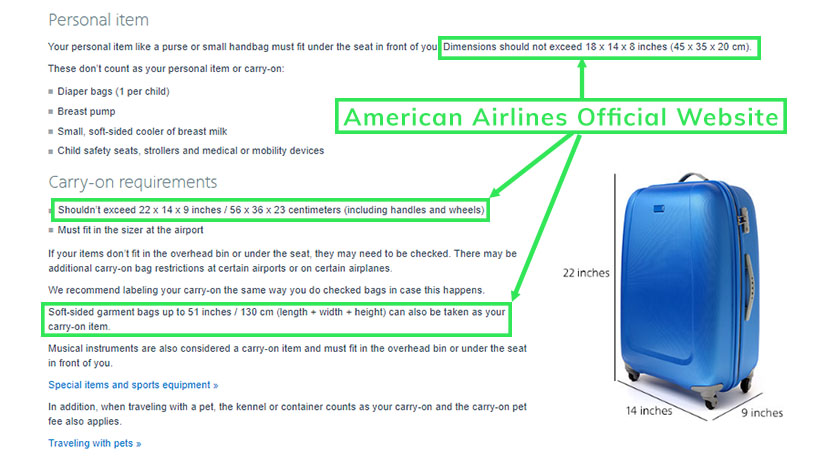
First of all, you need to understand how many bags you’re allowed to bring and what are their size and weight restrictions. Usually, each passenger is allowed to bring one personal item and one carry-on for free, and multiple checked bags for additional fees.
It’s important to check the measurements from the official website of the airline you’ll be flying with, because other sites may have outdated information, as the rules occasionally change. Note down these measurements because you’ll need them later.
2. Pack Your Suitcase (Or Bag) Just as You Would for the Upcoming Trip
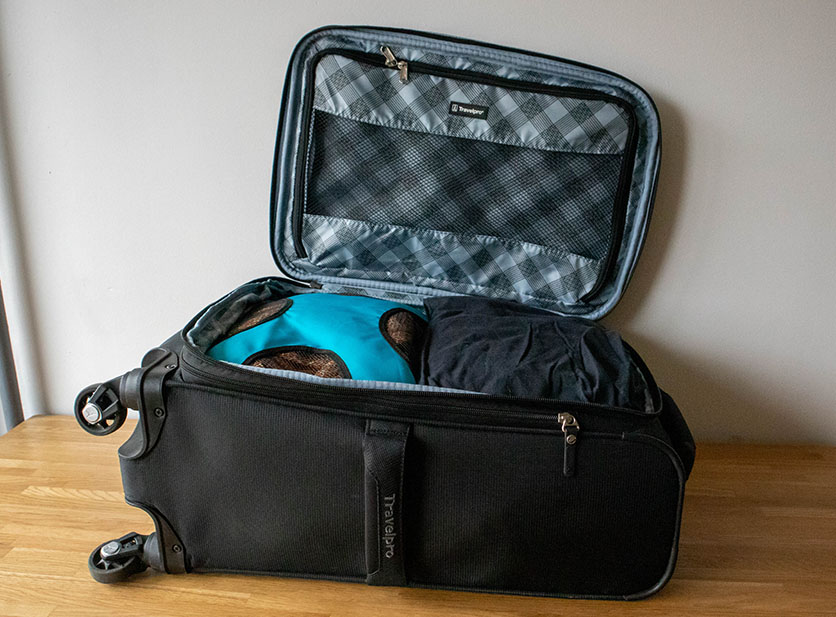
Before you start weighing and measuring your bag, make sure to pack it full with all of the things that you’re planning on bringing on the trip. This is especially important if you’re using a fabric suitcase or a fabric bag (duffel, backpack, tote, or similar) because when packed full, it will expand and might make it over the size limits.
3. Weigh Your Bag
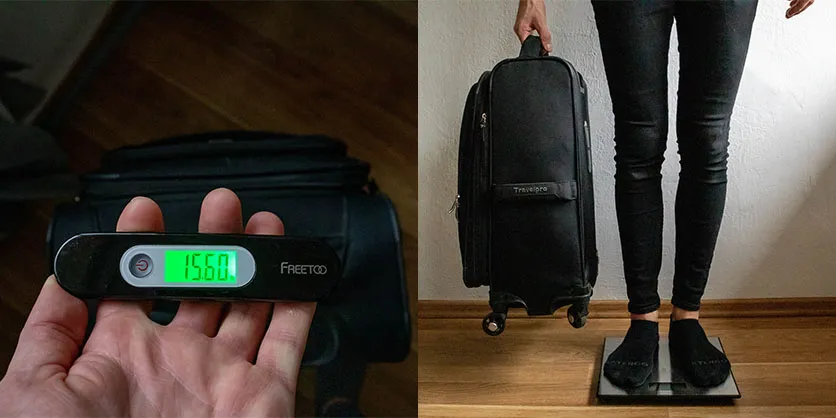
With everything packed inside the bag, measure how much it weighs. The easiest way to do this is to use a luggage scale, with which you can pick up the suitcase in your hand. But you can also do it using a regular scale, by first stepping on the scale without the suitcase, then with, and finally calculating the difference in weight.
If your bag is over the weight limit, you can try:
- Packing some stuff in your other bags (for example, from your carry-on to the checked bag).
- Packing some of your things in your travel partner’s bags.
- You can wear bulky jackets, hats, scarves, and gloves through security and they don’t count towards the hand luggage allowance. You can also put some sweets or other food in your pockets.
- Wear your bulkiest pair of shoes on the plane.
4. Include the Wheels, Handles, and Anything Else That’s “Sticking Out” in the Measurements
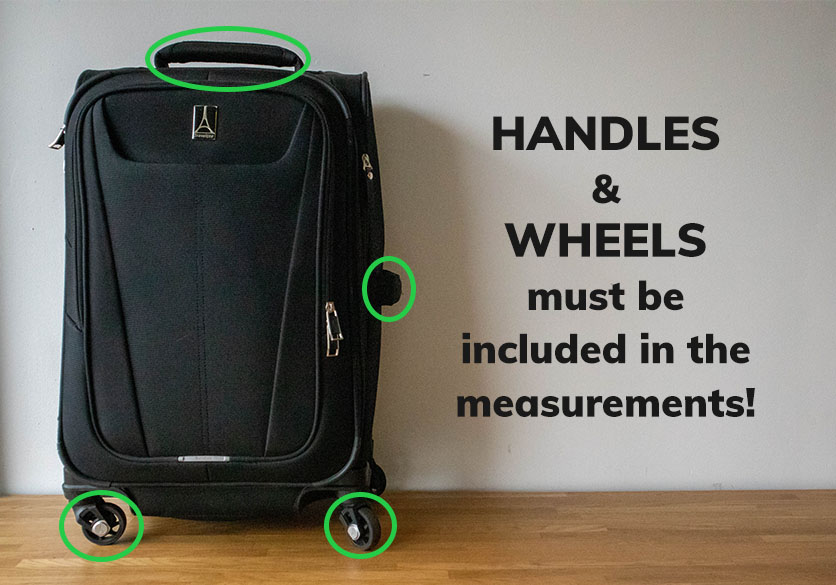
Airlines always measure luggage at the widest end of each side. This means that when measuring luggage for size, whether it’s for checked or hand luggage, you always have to include wheels, handles, and anything else that’s sticking out in the measurements.
5. Using a Tape Measure, a Wall, a Pencil, and a Book Measure the Height, Width, and Depth of Your Bag
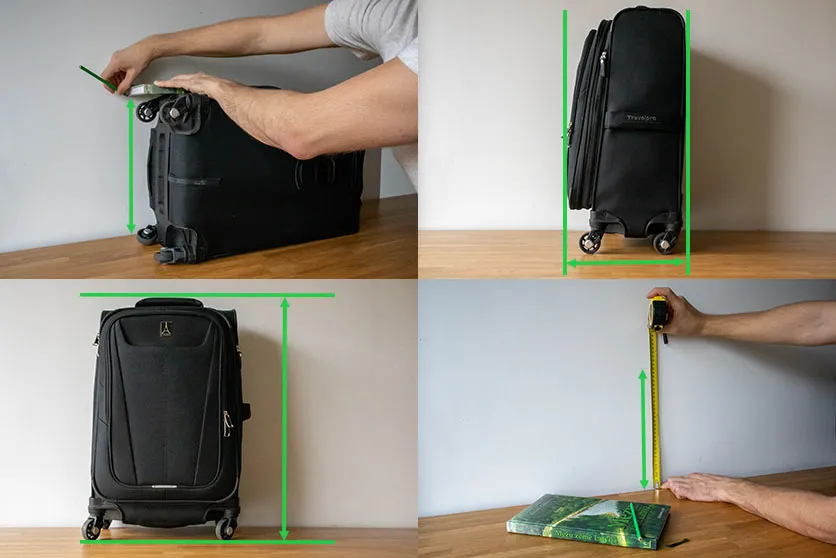
To get the most precise measurements, you’ll need a straight wall, a book, a pencil, and a tape measure. Start by placing your bag right next to the wall. Then put a book right next to one side, making sure that it aligns with the widest part of the bag. With a pencil, mark where the book touches the wall, and do the same thing on the other side. Finally, measure between the two points with a tape measure to get an accurate reading.
One thing to note is that you have to place the book at a 90-degree angle against the wall. Also, when measuring flexible softside bags, you can compress them slightly, but not too much.
We’ve found that this technique produces the most accurate results. However, you could also try to measure each dimension just with a tape measure, by eyeballing where each side of the bag starts and ends.
6. Calculate Linear Inches if Using Checked Luggage
Checked luggage is measured in linear inches, which means the total sum of height, width, and depth. It usually needs to be below 62 linear inches (157 cm). So for example, if you measured that your luggage was 28 x 20 x 12 inches, then it would be 60 linear inches in total (28 + 20 + 12 = 60).
Read Next: What’s the Largest Size for Checked Luggage – 29 or 32 Inches?
Frequently Asked Questions About Measuring Luggage
What are the most common restrictions for luggage?
Luggage is divided into three categories – personal items, carry-ons, and checked bags, and each one has different size and weight restrictions. Furthermore, the restrictions vary between different airlines. However, down below, we’ve covered the most common restrictions for each luggage type.
Personal items: Most airlines require personal items to be under 16 x 12 x 6 inches (40 x 30 x 15 cm), but the restrictions vary a lot between different airlines. Usually, airlines don’t have a weight limit for personal items. If they do, then usually, it’s the combined weight of personal item + carry-on, which usually ranges between 15-26 lbs (7-12 kg)
Carry-ons: Most airlines ask their passengers to have carry-ons under 22 x 14 x 9 inches (56 x 36 x 23 cm). US airlines usually don’t have a weight limit for carry-ons, and other international airlines require carry-ons to be under 15-33 lbs (7-15 kg).
Checked bags: Almost all airlines across the world follow the same size restriction for checked bags, which is 62 linear inches / 157 cm (height + width + depth). When it comes to weight, the limits vary, but generally, checked bags need to be under 50-70 lbs (23-32 kg).
Tip: Looking for a new carry-on that’s just within the correct size limits? Then get a softside bag, which will expand and contract slightly, will last longer, and also weigh less. A good option is the Samsonite Base Boost carry-on.
Do airlines measure the wheels and handles of checked and hand luggage?
Yes, airlines include wheels and handles in luggage measurements. Because suitcases need to fit into certain spaces (overhead compartments, under the seats, etc.), they’re always measured at the widest end of each dimension. This usually includes spinner wheels, side and top handles, and anything else that’s “sticking out” of the main frame.
That’s why it’s important to find out the true size of luggage when shopping for a new bag. Manufacturers usually include a smaller size first, without wheels and handles, in larger letters. To find out the full suitcase size, you have to carefully look at the product description and look for “Full size”, “Size with wheels and handles”, or “Exterior dimensions”. It’s also recommended to read through the reviews to find out the true size, and if you’re shopping on Amazon, look at the manufacturer’s official website as well.
How do I measure linear inches?
First, you need to measure your suitcase with a tape measure from three sides – height, width, and depth. After that, you need to calculate linear inches, which means the total sum of height, width, and depth.
For example, if you measured your luggage to be 30 inches in height, 20 inches in width, and 12 inches in depth, then it’s 62 linear inches in total (30 + 20 + 12 = 62).
The same principle is applied to metric units. To calculate linear dimensions in centimeters, you need to add up the height, width, and depth of the bag in centimeters.
What if my luggage is over the size limit?
It depends on what type of luggage you’re bringing. Each passenger can have only one personal item, one carry-on, and multiple checked bags.
If your personal item is over the size limit and it won’t fit under the front seat, you’ll be asked to use it as a carry-on. If it’s too large to be used as a carry-on or you already have a carry-on, it will have to be checked in.
If your carry-on is over the size limits, it will have to be checked in. If this is determined at the gate, you’ll most likely have to pay higher fees for last-minute checked baggage.
If your checked bags are over 62 linear inches (157 cm), they will be marked as “oversized”, and you’ll have to pay very high oversized baggage fees, which can range between 75-200$. Airlines accept bags of up to 80-126 linear inches (203 – 320 cm) in size for additional fees, but the limit is different for each airline.
What if my luggage is over the weight limit?
What happens to your luggage when it’s over the weight limit depends on whether it’s a personal item, carry-on, or checked bag.
Overweight personal items will need to be used as carry-ons. If you’re already bringing a carry-on or if the personal item is heavier than the carry-on weight limit, then it will have to be checked in instead.
Overweight carry-ons will have to be checked in. If this is the case, you’ll have to pay additional checked luggage fees.
Checked bags over the weight limit will be marked as “overweight”. Airlines will accept overweight checked bags of up to 70-100 lbs (32-45 kg), and they’ll charge additional fees for overweight baggage. This fee usually ranges between 100-400$ per bag, depending on the airline, so it may be smarter to split the weight into two or more checked bags instead.
How do you measure the size of fabric bags (duffels, backpacks, totes, purses, etc.)?
To measure softside bags, you first need to pack them just as you would for your upcoming trip because their size depends on how much stuff is inside. Next, measure the height, width, and depth of the bag by using a tape measure. Always make sure to measure at the widest end. You can slightly compress the bag when measuring, but not too much. To get linear inches for checked bags, add the three dimensions you measured together (height, width, and depth), to get the total sum of them.
How is luggage measured at the airport?
For hand luggage (carry-ons and personal items), airlines usually have measuring bins at the airport. These essentially are metal boxes sized in the maximum correct dimensions, and you can slide your bag in them to make sure that they fit. Flexible fabric bags definitely have an advantage here, as you’re allowed to squeeze them inside.
Checked luggage is usually measured with a tape measure at the check-in desks. It’s worth noting though, that checked luggage isn’t always measured – only bags that look exceptionally large.
How strict are airlines about checked baggage size?
In reality, airlines aren’t too strict about checked baggage size. They only measure bags that look extensively large. Because they’re measured with a tape measure, which is less precise, you most likely won’t have any issues if the bag is just 1-2 inches above the limit, as you could blame that on imprecise measurements and ask the employee to re-measure.
How strict are airlines about carry-on luggage size?
Airlines definitely are stricter about hand luggage size compared to checked bags. That’s because carry-on bags need to fit in the overhead compartments, and personal items under the airline seats, whereas checked bags just get tossed into a large cargo compartment. Budget airlines are usually stricter than premium ones because they’re trying to make up for lower costs by profiting more from baggage fees and other services.
If your carry-on is just 1-2 inches above the limit, most commonly, you won’t have any issues. That’s because airline employees usually only measure carry-ons that look extensively large. However, from time to time, you may be asked to check it in, depending on the airline employee’s judgment.
Can I use any bag as checked or hand luggage?
You can use any bag as your personal item, carry-on, or checked bag, as long as it’s within the correct size restrictions. This includes hardside and softside suitcases, duffel bags, totes, backpacks, purses, messenger bags, and others. You can even use a cardboard box or a shopping bag as your luggage.
This post is also available in:
English


 (6 votes, average: 4.67 out of 5)
(6 votes, average: 4.67 out of 5)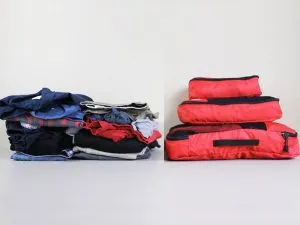
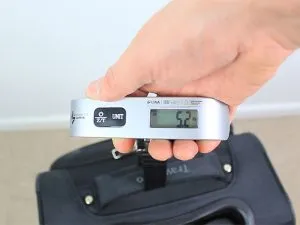
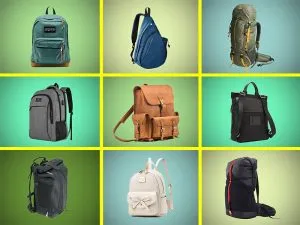
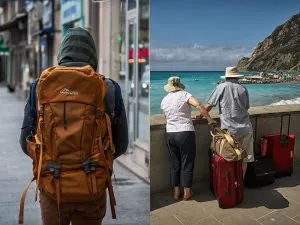










Absolutely adored your perspective, Oscar Brumelis! Your points on eco-conscious living are spot on. Have you considered the impacts of fast fashion and microplastics on our environment too? 🌿 I’ve been on a zero-waste journey for a year now, and thrift shopping has significantly reduced my carbon footprint. However, clean-up initiatives at my local beach revealed the sneaky enemy – microplastics! Do you have any tips on battling this issue? Keep these thought-provoking articles coming, Oscar. 💚